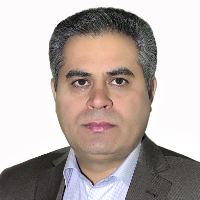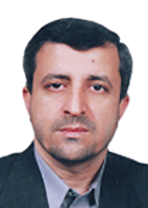Designing and validation the optimum model of digital citizenship education curriculum with an integrated approach in high school
This study aims to design and validate the optimal model of digital citizenship education curriculum with an integrated approach in high school. For this purpose, two main questions were investigated in this study: 1) what are the characteristics of integrated curriculum model of digital citizenship education in high school? 2) To what extent is the proposed model valid from the view point of experts?
The research method is mixed with the exploratory design which was done in two qualitative-quantitative parts. In the qualitative part, the model was designed and in the quantitative part, the model was validated by descriptive-survey method. In the qualitative section, all available texts and theoretical and research sources were reviewed. Also, 20 specialists in curriculum planning and, educational technology and digital experts, who were selected by purposive. Data validity was obtained through triangulation. Data collection tool was semi-structured interview and content analysis method was used for data analysis.
The findings were explained according to the Ecker model in the form of digital citizenship education curriculum components including logic, goals, content, learning opportunities, resources, teacher's role, time, space, grouping and evaluation.According to the research findings, program logic has considered the integration of digital citizenship issues in curricula. The target element referred to the three categories of digital citizenship ethics, digital citizenship literacy and digital citizenship skills in three dimensions of knowledge, skills and attitude. The content was presented in three sections: protection, education and respect and It was emphasized On the importance of active teaching approaches. Also the teacher was mentioned as a guide and facilitator. And the use of various sources was emphasized. In this curriculum design, time and place are flexible. Activities are done in small groups. In the evaluation section, variety of qualitative evaluation methods were continuously considered. Survey method was used to validate the efficiency. The validation results showed that from the viewpoint of curriculum studies and educational technology and digital experts. The proposed pattern was appropriate.
- حق عضویت دریافتی صرف حمایت از نشریات عضو و نگهداری، تکمیل و توسعه مگیران میشود.
- پرداخت حق اشتراک و دانلود مقالات اجازه بازنشر آن در سایر رسانههای چاپی و دیجیتال را به کاربر نمیدهد.



